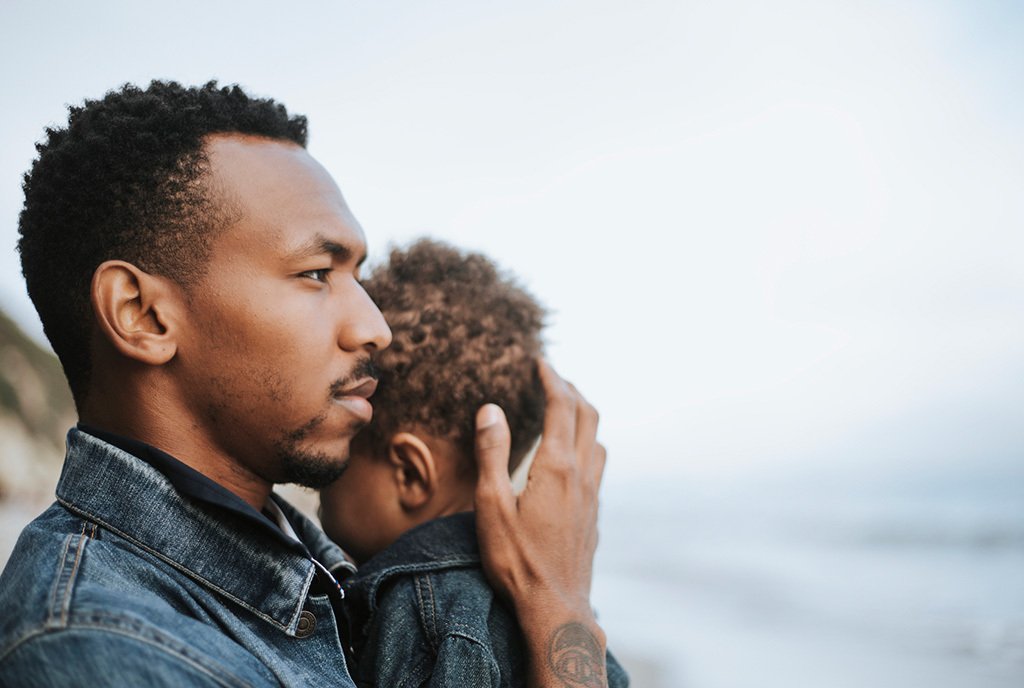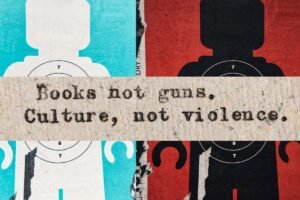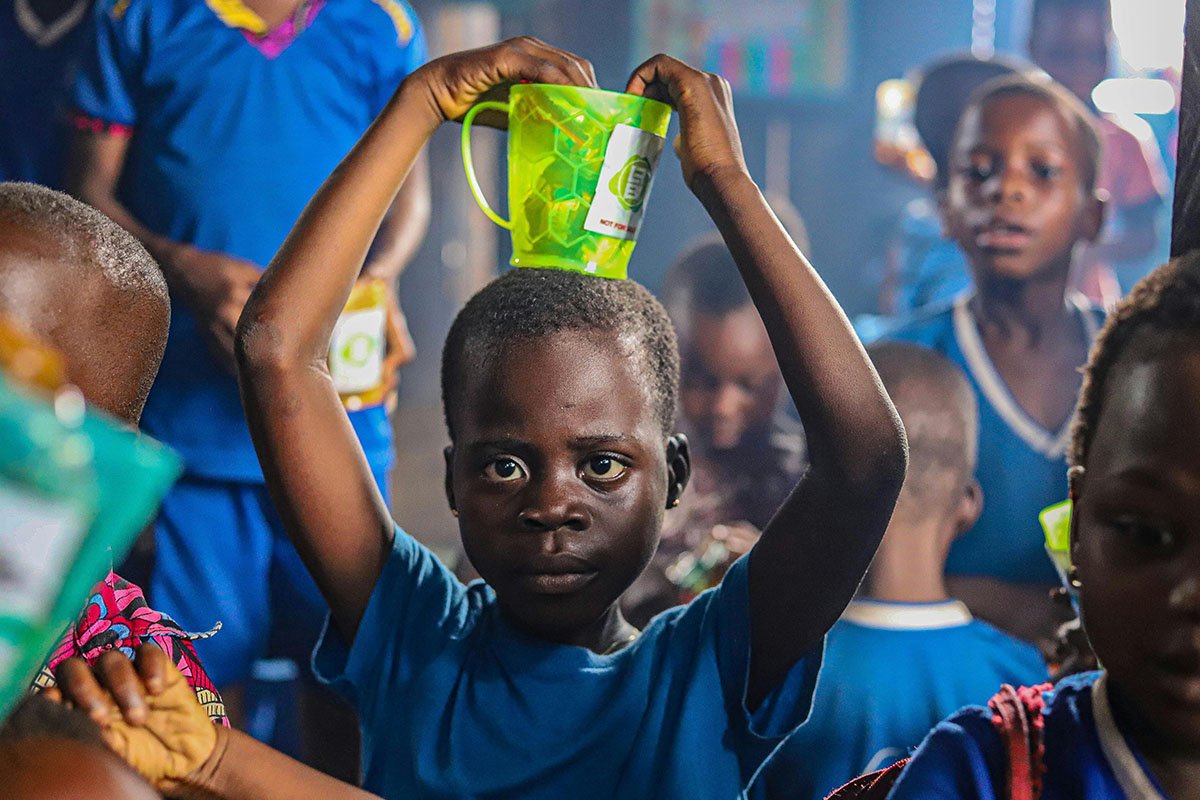
The US criminal legal and child welfare systems are deeply—and dangerously—intertwined.Every year, some two million Americans are incarcerated. And every year, some 250,000 children enter state-supervised child welfare systems while millions of families are subject to state-mandated supervision—or surveillance, as critics would put it—to keep their families intact.
The two statistics might seem unrelated. But a new report by the Prison Policy Initiative (PPI) argues that the US criminal legal and child welfare systems are deeply—and dangerously—intertwined.
The report, Force Multipliers: How the criminal legal and child welfare systems cooperate to punish families, released in January 2024, represents an acknowledgment by PPI that its progressive advocacy agenda shares much in common with those pushing for reforms—or, like members of the upEND movement, abolition—of the US child welfare system.
The points of intersection between the criminal legal and child welfare systems are numerous. In an email to NPQ, report author Emma Peyton Williams explained PPI’s thinking in exploring the intersection of these two systems:
Looking at multiple systems simultaneously, including the criminal legal and child welfare systems, helps identify the racism, classism, and carceral logic that’s at the root of many institutions that need to be changed. If we understand that there are issues with the way we police in this country and want to address those issues, then it’s essential that we critically examine every policing body in this country, not just the literal police.
Nearly half of people in prison are parents to minors, PPI reports, and more than one million children are impacted by parental imprisonment at any one time (1).
“It’s essential that we critically examine every policing body in this country.”
Meanwhile, interactions with the child welfare system bring parents and children into closer contact with the criminal legal system, the report argues, noting a 2010 study that found four major ways that a family can become enmeshed in the child welfare and criminal legal systems simultaneously (2):
- A parent’s arrest coincides with child welfare system involvement, such as an arrest leading to a maltreatment report
- A parent’s record is determined to compromise their child’s safety
- Relatives who might ordinarily be considered for next-of-kin placement (placement of a child in the temporary or long-term custody of a non-parent relative) are determined ineligible due to their record
- A child enters foster care because of issues with the temporary guardian they are staying with while their parent is incarcerated
Meanwhile, over half of youth in foster care will have contact with the juvenile legal system by age 17, PPI reports—interactions that can set children onto long courses of involvement with the adult criminal legal system.
PPI quotes journalist Roxanna Asgarian, writing for In These Times, asserting that the US child welfare system is “more akin to law enforcement than social services, given its ability to surveil parents and hand down the ultimate punishment—terminating the legal bonds between parent and child.”
Racial Imbalances
Over half of youth in foster care will have contact with the juvenile legal system.
Both the criminal legal and child welfare systems disproportionately target Black Americans. As PPI reports, Black children are “overrepresented at every stage of the child welfare system.”
Meanwhile, Black and BIPOC people are overrepresented in jails and prisons.
“These systems not only target the same communities, but the same individuals,” PPI states, noting that “incarcerated people are more likely to have been in foster care previously than others, and youth in foster care are more likely to become incarcerated as adults.” This means that “involvement in one system makes families vulnerable to becoming involved with the other.”
The challenges for incarcerated parents to retain or regain custody are profound: incarcerated parents may be unable to meet behavioral modification programs imposed by child welfare agencies, as jails and prisons are under no obligation to provide the kinds of programs that might meet child welfare requirements. Meanwhile, child welfare agencies are under no obligation to accept as valid marks of progress those programs that are offered by jails and prisons.
As PPI notes, the clock is always ticking for incarcerated parents because federal laws require that states move to terminate parental rights when a child is out of a parent’s custody for the majority of 22 consecutive months—even if the separation is due to incarceration.
Sign up for our free newsletters
Subscribe to NPQ's newsletters to have our top stories delivered directly to your inbox.
By signing up, you agree to our privacy policy and terms of use, and to receive messages from NPQ and our partners.
Systems Of Punishment
Despite deeply ingrained social narratives that both the US “correctional” system and the child “welfare” system are rooted in reforming individuals or helping families, both systems, the report argues, function as systems of punishment and control, especially for low-income and Black families. According to PPI:
Both systems respond to substance use or mental health challenges with punishment, not treatment. Much like treatment mandates handed down by drug courts ignore research indicating treatment is less effective when it’s coerced, the same ineffective requirements are imposed on parents in child welfare cases (5).
Involvement in the criminal legal system, as PPI notes, can impose criminal records on individuals that create barriers to accessing jobs, services, and opportunities. Inclusion in such a registry of criminal records can also increase their risk of being targeted for further criminal punishment. Child welfare apparatuses often utilize similar registries for families who have contact with that system.
Such child welfare registries can be similarly harmful to families as criminal registries are—and highly arbitrary. To this end, PPI writes:
The threshold for appearing on a child welfare registry in many states is even lower: state central registers document substantiated and unsubstantiated allegations, not just findings of guilt. As is the case with an arrest or conviction record, or being listed on a sex offense registry, inclusion in the state central register can create future obstacles to accessing employment and child custody. In this way, both systems operate as agents of surveillance (5).
As PPI observes, some 75 percent of child welfare cases involve vague allegations of “neglect,” a term which, many scholars have noted, often functions as a description of poverty rather than a specific allegation of abuse, thereby targeting low-income families arbitrarily.
Working to Support, Not Punish Families
Advocates for reforming or abolishing both the criminal legal and child welfare systems are actively engaged in pushing agendas of replacing punishment with support.
Such proposed measures take many forms. In recent years, for example, several groups have advocated for the repeal of the Adoption and Safe Families Act, which made it easier to legally and permanently separate children from parents involved in the child welfare system. Other groups are working to change mandatory reporting laws, such as making such reporting confidential but not anonymous to prevent specious reports and create accountability for those who report.
And some advocates are pushing broader approaches to supporting rather than punishing those who come into contact with those respective systems.
One such approach is advocating for literal financial support for families—especially for those families whose interactions with the child welfare (or criminal legal) system result largely from being poor.
In a conversation with NPQ, Alan Dettlaff, a scholar of the child welfare system and a cofounder of the upEND Movement, noted:
So, the idea I often give as an example is in Texas, we give foster parents about $900 a month. And what we’re really giving them money for is to take care of someone else’s child who’s been removed from their parents because their parents need money. But we give that money to a foster parent rather than giving that to the parent who needs it. That seems like a really simple solution, but it isn’t done because our society is comfortable using their tax dollars to give money to a stranger that we call a foster parent, but not giving that money directly to the mom who’s struggling to meet their child’s needs. And I think that’s fundamentally related to the deep problem of anti-Black racism in this country.
The PPI report echoes these points, noting that “universal basic income pilots for formerly incarcerated people…show promise at improving post-release outcomes and decreasing recidivism rates,” while “financial assistance for families reduces rates of child maltreatment” (7).
In the meantime, PPI emphasizes that both the criminal legal and child welfare apparatuses “surveil, regulate and punish people, and do nothing to transform their conditions. Both are fraught with racist and bureaucratic structures that formalize the repression of Black and Brown families.”
It is in these troubling commonalities that PPI identifies an opportunity for advocates for reforms (or abolition) of both systems to pool resources and work more closely together: “Because they are intertwined, each system’s damaging impacts can and should be remedied concurrently.”










